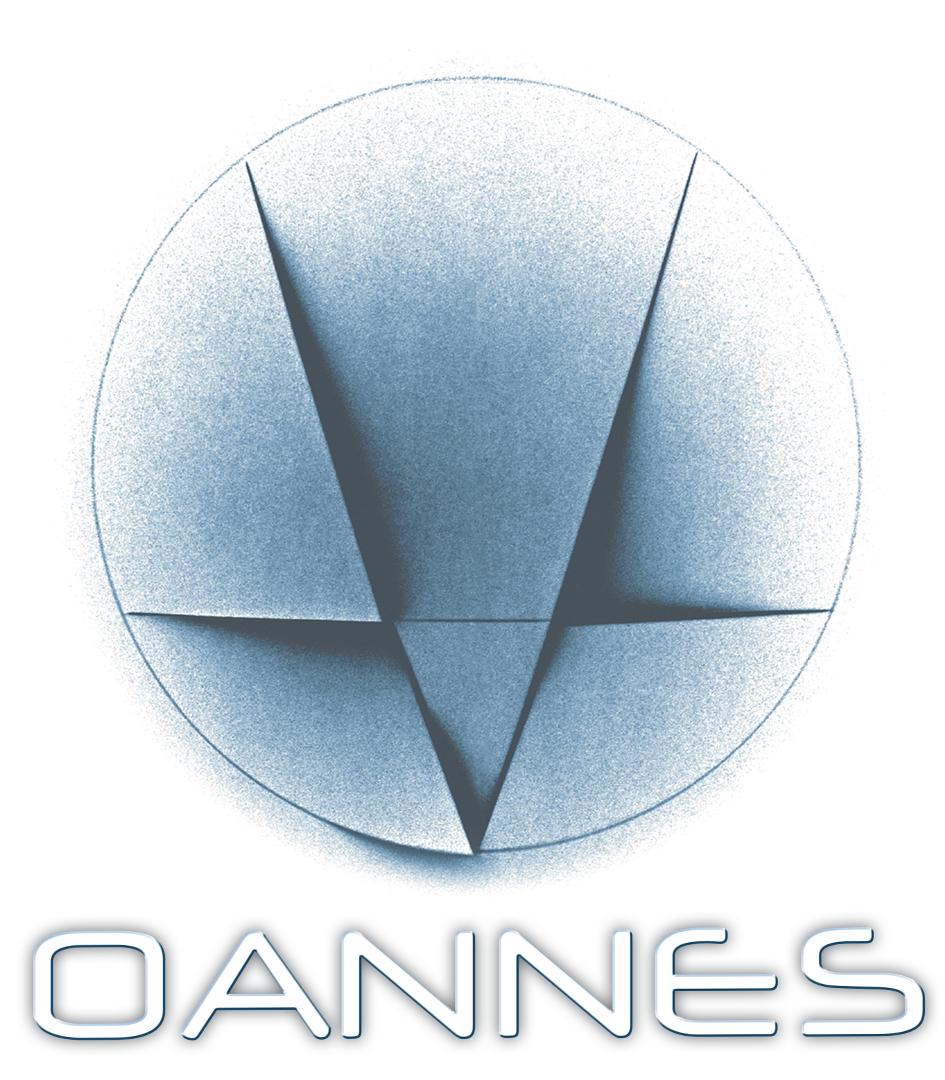Σαν σήμερα, 11 Μαρτίου 1897 γεννήθηκε ένας από τους σημαντικότερους, αν και άγνωστος στο ευρύ κοινό, μουσικούς του εικοστού αιώνα. Ο Henry Cowell, πατριαρχική φιγούρα του κινήματος των ultra-modernists [‘1920s], “μέντορας των μεντόρων”, “the open sesami for new music in America” σύμφωνα με τον John Cage, βρίσκεται πίσω από ένα απίστευτο αριθμό μουσικών καινοτομιών που, δεκετίες μετά τις δικές του εμπνεύσεις, θα αποτελούσαν το λεξικό της avant garde. Από τον πειραματισμό με την ατονικότητα, τα clusters [ο Bartok υιοθέτησε τη δική του τεχνική], την πολυρρυθμία, το modal, την ηλεκτρονική και την αλλεατορική μουσική, μέχρι το ενδιαφέρον για την φολκ και το άνοιγμα στις μουσικές του κόσμου [αυτό που πολύ αργότερα θα ονομαζόταν world music] ο Henry Cowell “ήταν εκεί πρώτος”. Πάντα με υψηλό μουσικό αισθητήριο και δημιουργικό ένστικτο που τον ξεχωρίζει από πολλούς “αβανγκαρντίστες” – όχι τυχαία, βρισκόταν σε επαφή με μουσικούς όπως ο Schoenberg και ο Berg, ενώ δεν έπαψε να συνθέτει εκτός των άλλων και στη φόρμα του τραγουδιού.
Ακούμε από τον ίδιο, τρια νεανικά του έργα για πιάνο: The Tides Of Manaunaun [1917] και Aeolian Harp, Sinister Resonance [1923, 1930], ενωμένα σε ένα, εκτελεσμένα στις χορδές αντί για τα πλήκτρα του πιάνου. Στη συνέχεια μια από τις τελευταίες του συνθέσεις, 26 Simultaneous Mosaics [1963]. Από τους Musicians Accord.
On March 11, 1897 one of the most important, albeit unknown to the general public, musicians of the twentieth century, Henry Cowell, was born in Menlo Park, California. A patriarchal figure for the ultra-modernists movement of the ‘1920s, “mentor of mentors,” “the open sesami for new music in America” according to John Cage, he is behind an astounding number of innovations that, decades after his own inspirations would form the dictionary of avant garde. From experimentation with atonalism, clusters [Bartok adopted his technique], polyrhythmics, modal, electronics and aleatorism, to what is now called “world music”, Henry Cowell “was there first”. Always with a highly creative instinct that distinguishes him from many “avant-gardists” – not by accident, he was in contact with musicians like Schoenberg and Berg, and he did not cease to compose, among other things, in the form of the song. We hear three of his youthful works for piano: The Tides Of Manaunaun [1917] with clusters, Aeolian Harp and Sinister Resonance [1923, 1930] united, written for the strings of the piano. All three performed by the composer. And then one of his last compostitions, 26 Simultaneous Mosaics [1963], performed by Musicians Accord.


Discover more from OANNES
Subscribe to get the latest posts sent to your email.


Lots of different sounds, but I don’t totally get it. I can hear it forerunning modern electronic music.
The opening shot is fab. It could be in the 1970’s, but it can’t be.
This stuff demands more than one hearing [if someone feels the urge to do so, that is…].
The first 2 tracks are from the …’1910s and ‘1920s respectively. The third is from 1963. This guy was the real deal, ridiculously ahead of his time. Thanks a lot!
Before more carefully reading and viewing your introduction, I thought the main instrument was a zither! The abstract style is challenging for traditional music listeners…an acquired taste I think. Definitely not a toe-tapper like Bix 🙂
Everything has its moments. I always believed that the “acquired taste” is something much more instinctive that it’s considered to be. It may be a step-by-step procedure, but each one of these steps is a spontaneous one. If the listener is sympathetic to the music from the start [not that he is …obliged to be] he/she listen to it until he/she “understands”. Sympathy is the key to understanding.
Thank you very much!